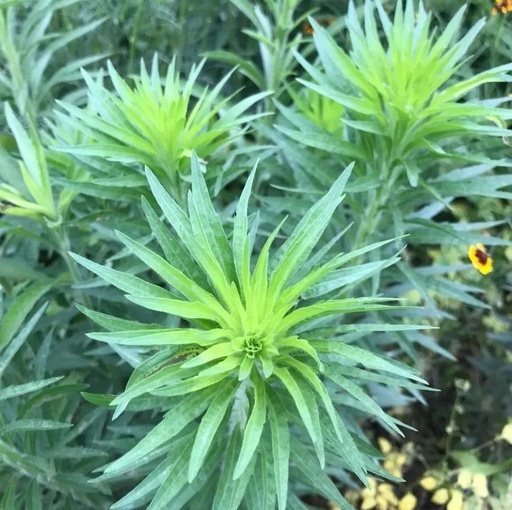In summer, wild grasses abound, and this particular grass is quite common!
It can be found along roadsides, in fields, on grasslands, and riverbanks,
showing its presence everywhere.
They grow in clusters,
though ordinary, they always manage to attract attention.
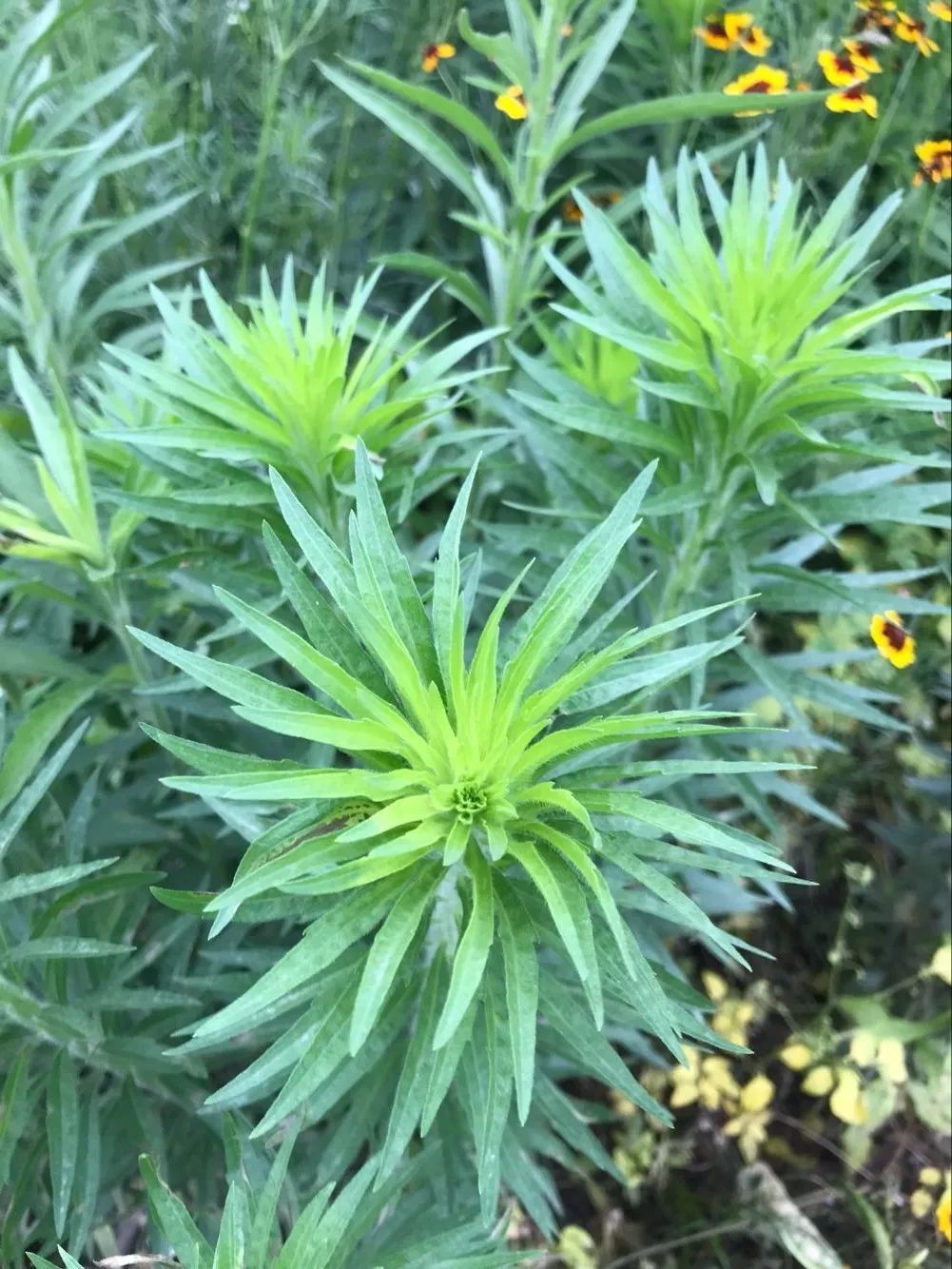
It is an annual herbaceous plant from the Asteraceae family, known as Xiao Peng Cao (Small Flying Sedge). It is also called
Qizhou Yizhihao, She She Cao, Zhu Ye Ai, Yu Dan Cao, Ku Ao, Po Bu Ai, Chou Ai, Xiao Shan Ai, Xiao Bai Jiu Cao, etc.
Before the peak of summer arrives, Xiao Peng Cao grows vibrantly alongside other Asteraceae plants.
Admiring its chrysanthemum-like flowers,
while it sways its beautiful leaves, gathering strength.
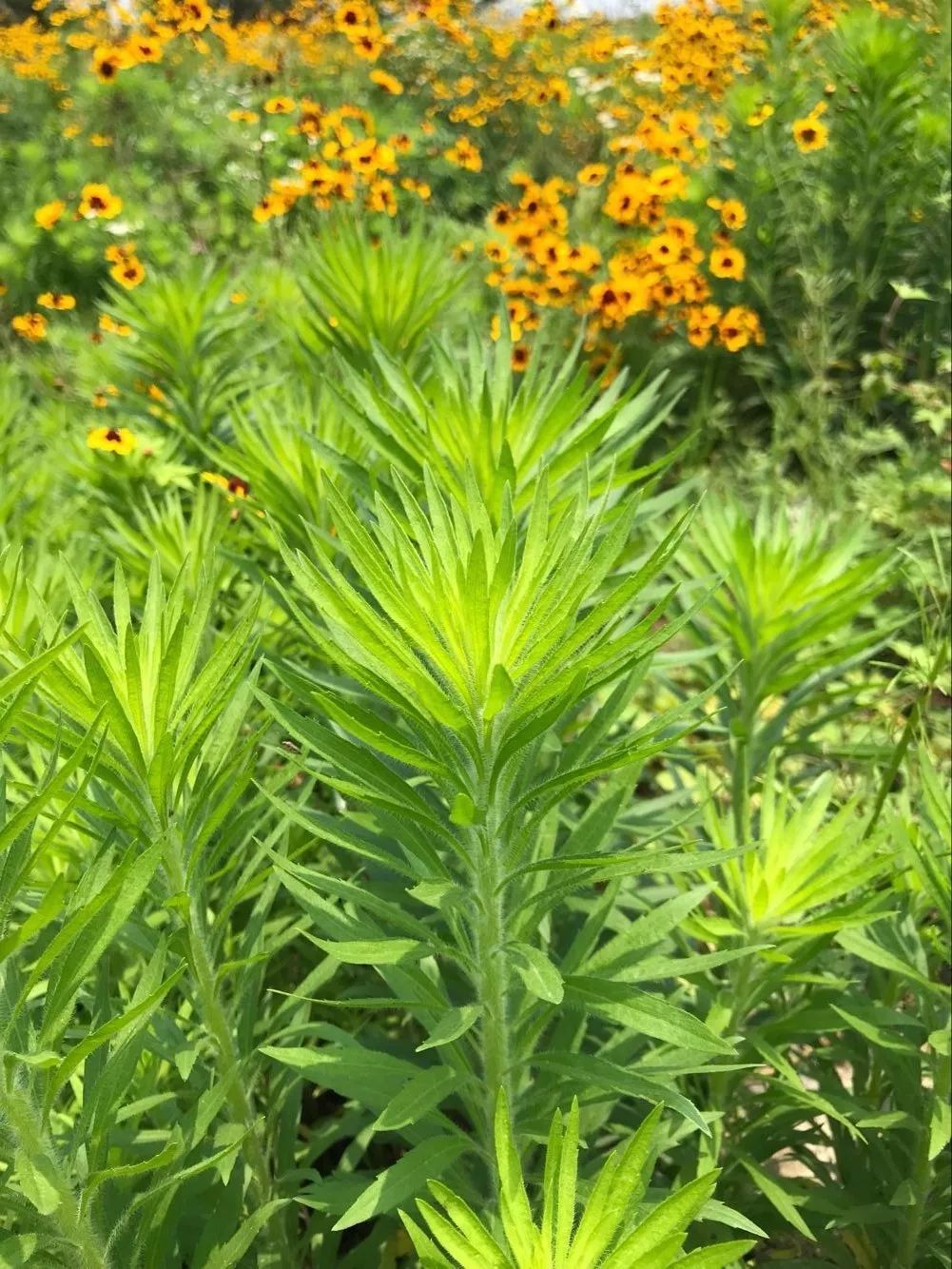
From the height of summer to autumn, it is in its flowering and fruiting period, showcasing its beauty.
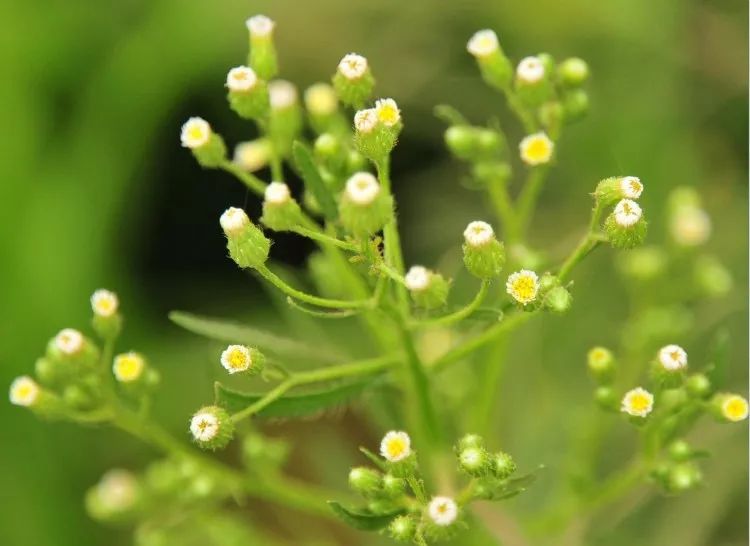
Originally from North America,
it is used locally to treat dysentery, diarrhea,
wounds, and to expel worms.
In Central Europe,
there are records of using fresh juice to stop bleeding.
However, it should be noted that its juice
can irritate the skin.
Various ethnic medicinal texts in our country have recorded it.
For example, the Luosuo Yao states:
The whole herb is used for rheumatic bone pain, oral inflammation, otitis media, conjunctivitis, and wind-fire toothache.
The Hani Yao states,
the root is used for fractures and rheumatic joint pain.
Thus, the whole herb can be used medicinally.
The unified medicinal properties are:
Flavor: pungent, cool, slightlybitter. Clears heat, promotes diuresis, disperses stasis, and reduces swelling.
It enters the liver, gallbladder, stomach, and large intestine meridians.
With many active locations, it treats a variety of diseases.
It is used for dysentery, enteritis, hepatitis, cholecystitis, traumatic injuries, rheumatic bone pain, sores and abscesses, external bleeding, purulent infections, psoriasis, etc.
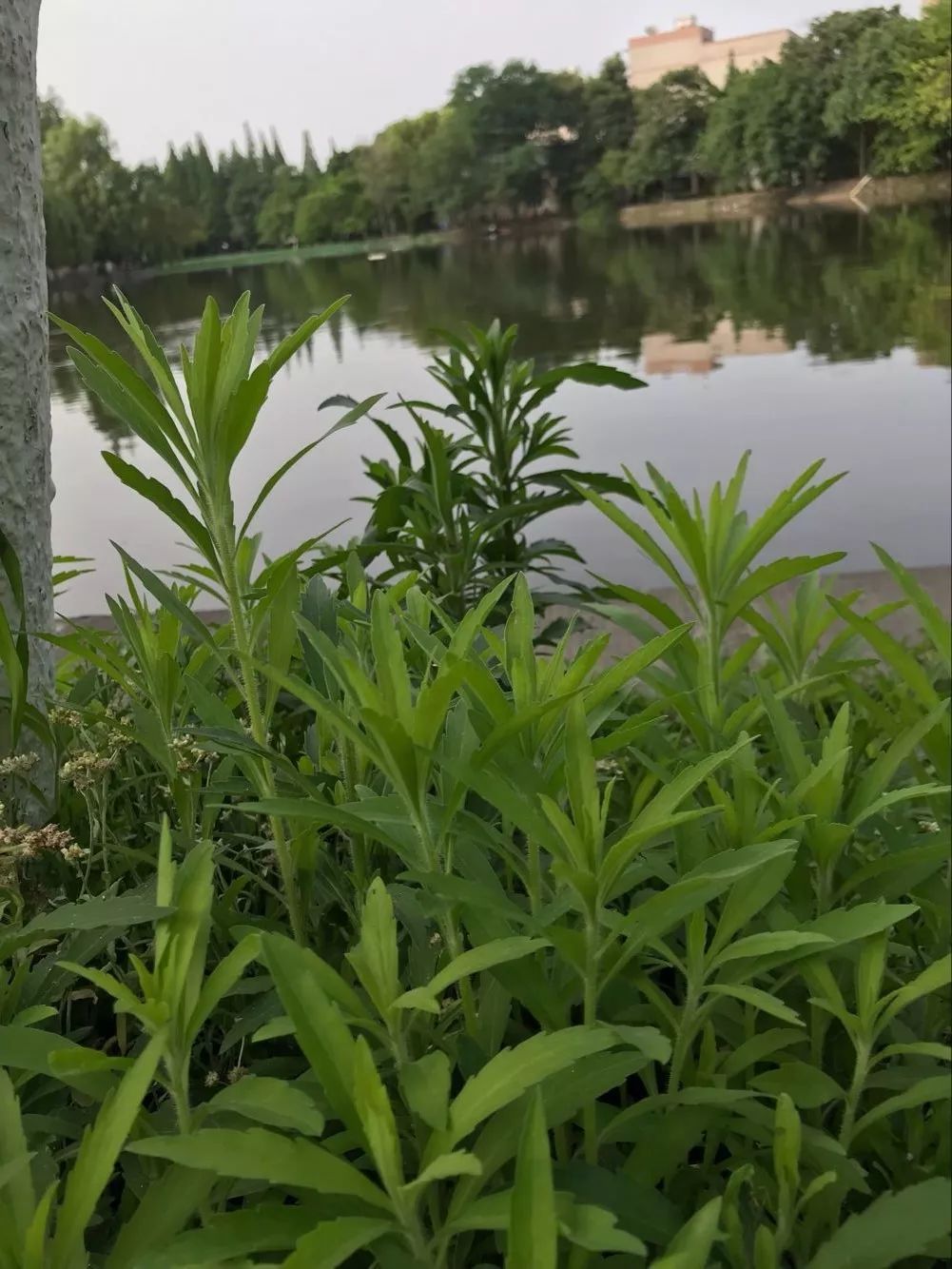
Selected formulas:
1. For bacterial diseases and enteritis: 30g of whole herb of Xiao Fei Peng. Decoction for oral administration. (From Guangxi Bencao Xuanbian)
2. For chronic cholecystitis: 18g of Xiao Bai Jiu Cao, 15g of Gui Zhen Cao, 6g each of Nan Wu Wei Zi (Schisandra) root and Liang Mian Zhen. Decoction for oral administration. (From Fujian Yao Wu Zhi)
Chronic cholecystitis is related to damp-heat in the liver and gallbladder, stagnation of gallbladder qi, and deficiency of spleen and kidney.
Gui Zhen Cao clears heat and detoxifies, disperses stasis and reduces swelling.
Nan Wu Wei Zi astringes and solidifies, benefits qi and generates fluids, tonifies the kidney and calms the heart.
Liang Mian Zhen moves qi and alleviates pain, invigorates blood and disperses stasis, dispels wind and unblocks collaterals.
Together with Xiao Bai Jiu Cao, they treat chronic cholecystitis.
3. For conjunctivitis: Fresh leaves of Yu Dan Cao, crushed and juiced for eye drops.
4. For heat-type toothache: Fresh whole herb of Yu Dan Cao, crushed and held in the painful area. (3-4 formulas from Yunnan Zhong Cao Yao)
5. For psoriasis: Use an appropriate amount of fresh leaves of Xiao Fei Peng, gently rub on the affected area, once or twice daily.
For pustular type, it is advisable to first wash the affected area with decoction, and after improvement, switch to fresh leaves (or a combination of washing and rubbing).
For thick scab type, it is also advisable to first wash with decoction, and after softening the scabs, use fresh leaves to rub.
If blood spots appear, continue to rub.
After psoriasis disappears, continue to rub for a period to consolidate the effect. (From Quanguo Zhong Cao Yao Huibian)
6. For purulent infections:
5 parts of Xiao Fei Peng, combined with 1 part of Bai Ji (Bletilla striata) for astringing, stopping bleeding, and promoting tissue regeneration.
Fresh products, crushed with Bai Ji for external application.
Dried products, finely ground and mixed with water for application.
Change the dressing once daily.
Treating various purulent infections in 300 cases, including 98 cases of general abscesses, 20 cases of folliculitis, 9 cases of cellulitis, 8 cases of purulent lymphadenitis, 142 cases of traumatic infections, 8 cases of paronychia, 3 cases of purulent osteomyelitis, and 1 case of gangrene. The results showed 295 cases cured, 5 cases improved, with a cure rate of 98.3%. (From Zhong Yao Da Ci Dian)
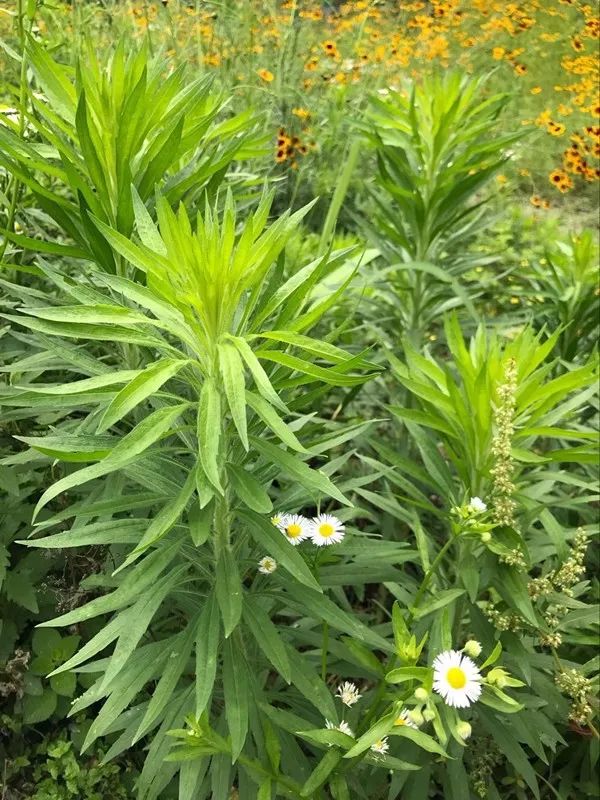
It is said that Xiao Fei Peng has not been in China for long,
after all, Columbus discovered North America
only 500 years ago.
Yet, ethnic doctors have been able to identify its numerous uses,
which can only be described as a testament to their dedication.
Reminder: Each person’s physical condition is different; the formulas and medicines mentioned in the text should be adjusted according to individual conditions, and it is recommended to do so under the guidance of a physician.
(Images from the internet, please contact for removal if there is any infringement)

Scan to follow me!



